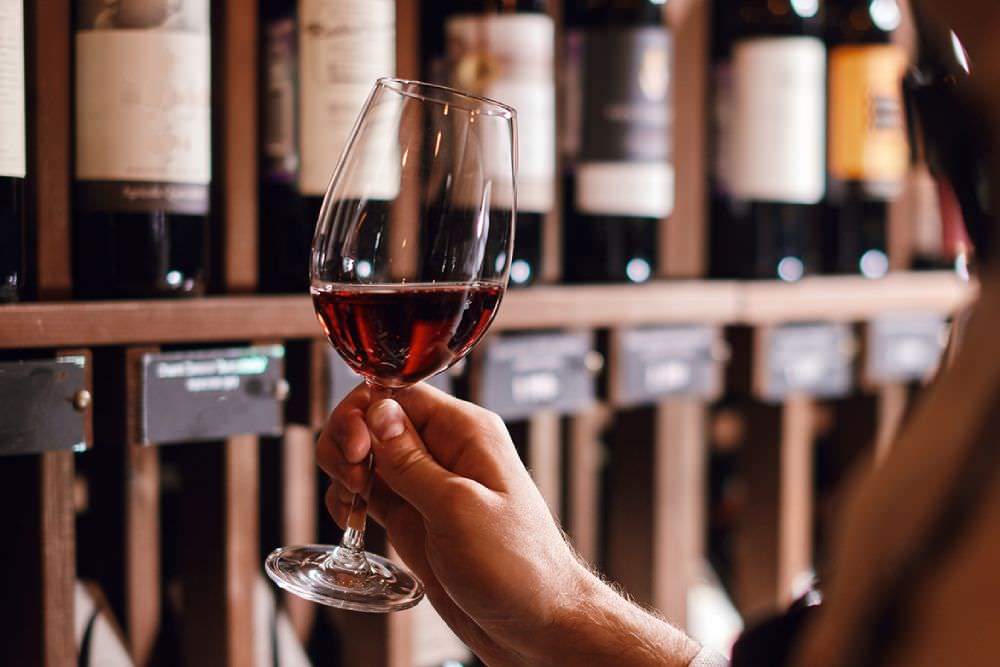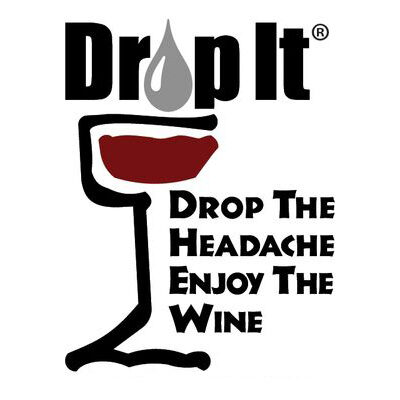“Vinland” and Native Grapes
When the Vikings discovered that the New World was covered in grape vines, they penned this new horizon “Vinland”. These vines were a mix of five native species of grapes and where there are people and grapes, there will be wine.
Ironically, none of these native species are responsible for the success of today’s wine industry in the US. However, in 1562, French Hugeonots made America’s first known wines in Jacksonville, FL from a native species – a Muscadine grape, known as Scuppernong.
Although Scuppernong, which is a large, green grape, did not produce many successful wines using just that grape, it does hold a place in American culture, as the state fruit of North Carolina and a 400-year-old vine on Roanoke Island boasted to be the “oldest cultivated vine” in America. Ironically, Scuppernong Winery in North Carolina still uses some variety of the grapes in their amazing wines!
It is likely, however, that news of Scuppernong’s fate had spread to the Old World. Settlers had discovered that wine from some of the native grapes produced unappealing and unfamiliar flavors, and the way was paved for a New World market of wines made from European varieties, with influences from their homeland.
Accolades for the thriving winemaking industry in America, however, go to the European variety of grape called Vitis vinifera. V. vinifera was brought to the New World by European settlers, possibly as a reminder of their old soil.
As wine in the American Colonies began growing in popularity, they quickly became sought after in Europe. In 1619 England passed Acte 12, requiring all male households to grow at least 10 vines of the Vinifera grape for the sole purpose of wine making. Remarkably, one man planted 85 full acres on which is now the property of Williamsburg Winery. To bad this still isn’t a requirement!
Success didn’t come easily in the New World. Pests and diseases, early plantings failed. In response, many winemakers decided to interbreed foreign and native vines to create a disease-resistant variety that still had the flavors provided by European grapes.
In 1683, William Penn, the Founder of Pennsylvania first planted one of these hybrids – known as the Alexander grape – at a vineyard in Pennsylvania. The grape met with fair success, with one of the first commercial wineries in America producing wine from the Alexander grape beginning in 1806. To this day, many French-American hybrid grapes are produced on the East Coast.

Westward Expansion of Hybrid Grapes
Although the West Coast is now seen as the wine capital of the United States, their wine journey began later with similar trials and tribulations. As with native East Coast varieties of grapes, native West Coast varieties didn’t make quality wine. Instead, missionaries used a grape introduced to South America by Spanish settlers, known as the Mission grape. Eventually, however, the Mission grape was replaced by other varieties, since it also didn’t produce quality wine. Just like the early days of winemaking, vineyards today continue to work with perfecting the hybrid grapes to produce delicious, fine, quality wine for everyone to enjoy!
Later, in a 1976 wine tasting in Paris, known as the Judgement of Paris, a blind wine tasting was conducted with pitted the top French wines against the top Californian wines. In a stunning upset, the Californian wines topped the French competition in every single category. Thus, proving the credibility of American wines on the world stage. A great movie to enjoy a glass of wine with would be Bottle Shock which is based off of these events!
Fast forward to today, new laws and regulations in the United States require winemakers to add preservatives to their wines. Since wines already have Sulfites and Tannins naturally occurring, most winemakers choose these over few other alternatives. Many people in the United States have a sensitivity or intolerance to either one or both preservatives. One woman however was determined to find a solution to be able to enjoy wine again. Jennifer Corcoran created a solution called
If you find yourself saying, “Why does wine give me a headache, even if I only want to enjoy one glass?” there is no need to fret because the dreaded wine headache is completely avoidable,

